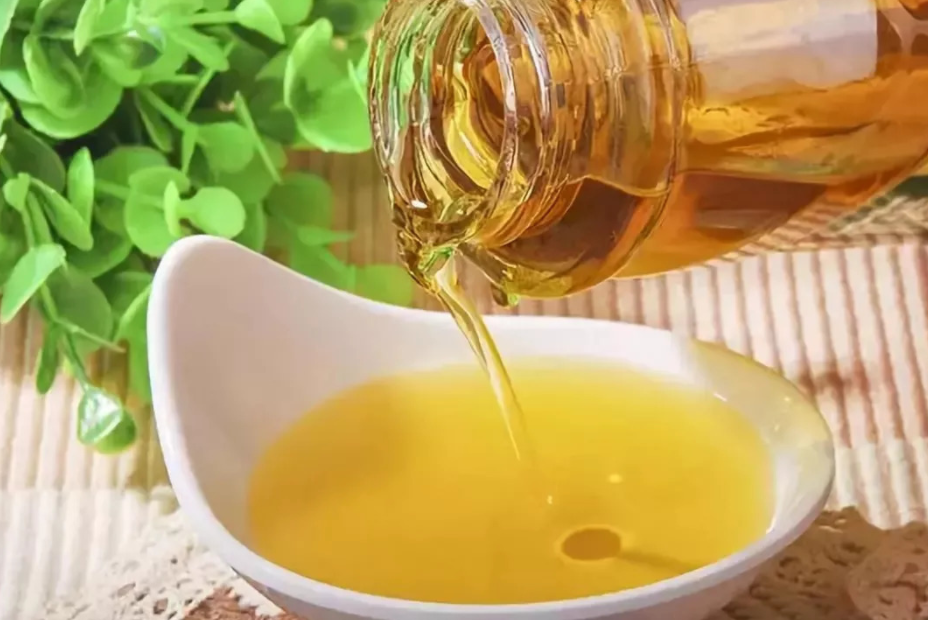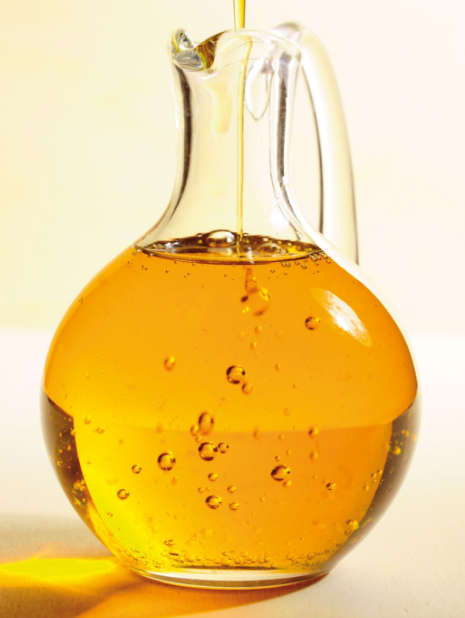Grease will undergo hydrolytic rancidity and oxidative rancidity under the action of light, oxygen, moisture, temperature, metal ions and other factors. Oxidative rancidity will cause the unsaturated fatty acids in the oil to be oxidized into hydroperoxides, which then decompose to produce small molecules of aldehydes, ketones, acids, etc., causing the oil to produce an unpleasant smell, resulting in a decrease in the value of the oil and making it no longer suitable for consumption. In addition, the secondary oxidation products produced by the continuous oxidation of hydroperoxides and the polymers produced by oxidation have been determined to be chemically toxic, which will accumulate in the human body, damage the liver, and cause irreparable damage to human health.
1. Oil oxidation
According to the different oxidation mechanisms, oil oxidation can be divided into auto-oxidation, photo-oxidation and enzymatic oxidation, among which auto-oxidation is the main way of oil oxidation.
(1) Automatic oxidation
Under the action of transition metal ions and free radicals produced by the decomposition of hydroperoxide (ROOH) produced by photo-oxidation and enzymatic oxidation, the α-methylene group connected on both sides of the oil double bond removes one molecule of hydrogen to form R•(chain Initiation), R• reacts with triplet oxygen to form ROO•, ROO• then reacts with another molecule of unsaturated fatty acid ester to generate ROOH and free radical R•, which can then react with triplet oxygen The reaction goes back and forth (chain transfer). When the concentration of free radicals reaches a certain level, there will be an effective collision between the free radicals ROO• and the free radicals R•, forming peroxides and oxygen, the free radicals are annihilated, and the reaction is terminated (chain termination). The peroxide generated during the auto-oxidation process is unstable and will further react to produce small molecules or polymers such as aldehydes, ketones, and acids.
(2) Photooxidation
Under the action of visible light and ultraviolet light, the photosensitizers in oils (chlorophyll, riboflavin, myoglobin, etc.) are activated into singlet states. Singlet photosensitizers can be converted into higher energy through internal rearrangement under the action of light. , Triplet photosensitizer with longer life cycle. The triplet photosensitizer reacts with 3O2 to generate singlet oxygen (1O2*) and singlet photosensitizer. Compared with triplet oxygen (3O2), 1O2* is electrophilic and can directly attack any carbon atom on the double bond of unsaturated fatty acids, and the double bond will be displaced to form conjugated or non-conjugated hydroperoxides. Compared with auto-oxidation, the photo-oxidation rate is very fast, and is proportional to the number of double bonds. The more the number of double bonds, the faster the photo-oxidation rate. The free radicals generated by the decomposition of hydroperoxides produced by the photo-oxidation process can induce auto-oxidation.
(3) Enzymatic oxidation
The fat oxidation reaction involving lipoxygenase and fat hydroperoxidase is called enzymatic oxidation. The so-called enzymatic oxidation mainly means that lipoxygenase oxidizes fats under aerobic or anaerobic conditions. Lipoxygenase (LOX) mainly exists in plants and contains a high-spin non-heme iron atom in the state of Fe2+ or Fe3+. It has specificity and selectivity when oxidizing fat, and can only oxidize the structure containing cis-cispentadiene The unsaturated fatty acid has no oxidation effect on saturated acid, monoenoic acid and conjugate acid.
2. Anti-oxidation of grease
The oxidative rancidity of oil will inevitably occur in the process of processing and storage, resulting in a decline in the quality of the oil. At present, the oil oxidation is often delayed by improving the storage conditions of the oil and adding antioxidants to the oil.
According to different sources, oil antioxidants can be divided into synthetic antioxidants and natural antioxidants. At present, the main synthetic antioxidants allowed by the state are gallate, tert-butyl p-hydroxyanisole (BHA), 2,6-di-tert-butyl-4-methylphenol (BHT), 2-tert-butyl hydroquinone ( TBHQ), propyl gallate (PG), etc. These commonly used antioxidants are all phenolic compounds, and their antioxidant mechanism is: the phenolic hydroxyl group contained in phenolic compounds can react with ester free radicals to block the free radical chain reaction. The compound itself loses a molecule of hydrogen and forms a stable resonance. Body (such as quinone), thereby delaying the oxidation of oil. Synthetic antioxidants show different antioxidant activities in different oil systems. The antioxidant activity in walnut oil is as follows: TBHQ>PG>VE>BHT, while the antioxidant capacity of TBHQ in orange oil is very weak, much lower than BHA.
Common natural antioxidants mainly include tocopherol (VE), tea polyphenols, β-carotene, sesamol, rosemary substances and Maillard reaction products, etc. These natural antioxidants are mainly eliminated by chelating metal ions. Free radicals act as a quencher of singlet oxygen (such as tocopherol and β-carotene) to act as an antioxidant. Studies have shown that in the lard system, the antioxidant capacity of rosemary n-hexane extract is 4 times that of BHT and BHA. At present, in order to obtain a better antioxidant effect, composite antioxidants are often used instead of single antioxidants. Adding the compound antioxidant 0.018% BHA+0.018% PG+0.04% rosemary oil to the linseed oil can effectively improve the oxidation stability of the linseed oil and prolong the shelf life of the linseed oil. Rosemary methanol extract can not only enhance the antioxidant capacity of BHA and BHT, but also enhance the antibacterial properties of BHA. In recent decades, researchers from various countries have conducted more and more researches on natural antioxidants, and the research technology has become increasingly mature. Among them, natural substances with antioxidant activity such as tea polyphenols, VE, and rosemary extract have passed the safety assessment. , And is included in the GB2760 food additive antioxidants, stipulating the maximum addition amount in different foods. Although the antioxidant performance of natural antioxidants is weaker than some synthetic antioxidants at the same dosage, the development and utilization of natural antioxidants has become a hot spot in food additives because of the insecurity that synthetic antioxidants bring to people.

In addition to adding antioxidants directly to the oil, improving the storage conditions of the oil can also extend the shelf life of the oil. Temperature is an important external factor that affects the oxidation of oils. Generally speaking, every 10°C increase in temperature will double the oxidation rate of oils. For example, the oxidation induction time of
cold pressed sesame oil measured at 110°C is 20.56 h at 120°C. Under the conditions, the determination is 9.24 h, which is reduced by half. Therefore, in order to reduce the oxidation rate of grease, it needs to be stored under low temperature conditions, especially for household oil. Isolation of air can also reduce the oxidation rate of grease. Nitrogen protection and vacuuming can be used. Effectively slow down the hydrolytic rancidity and oxidative rancidity of oils.


